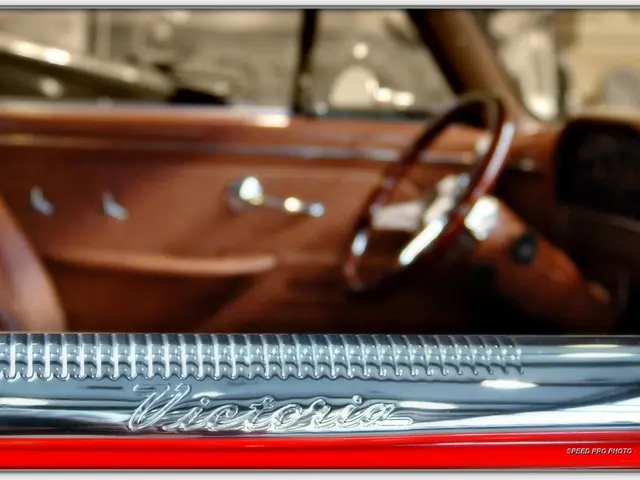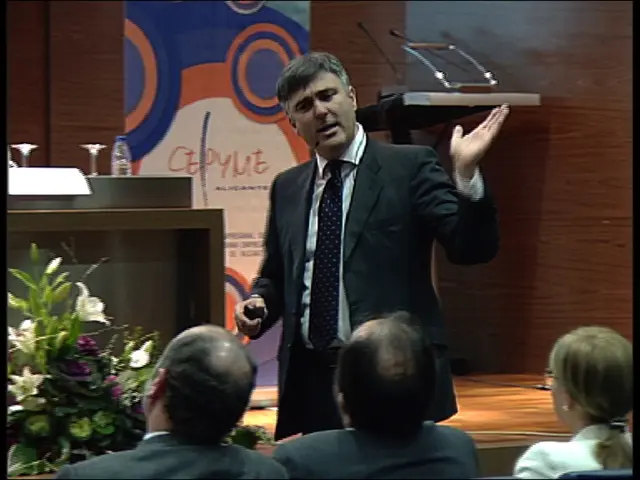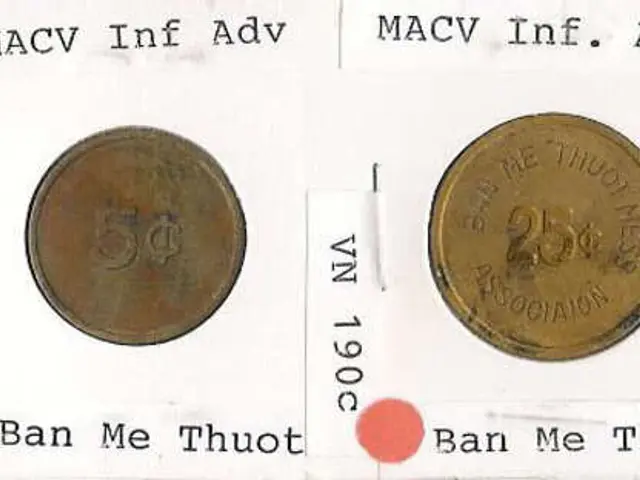Stellantis abandons plans for Level 3 automation.
In the ever-evolving world of automotive technology, Stellantis' decision to pause the development of its semi-autonomous system, STLA AutoDrive 1.0, serves as a significant milestone. The system, initially slated for introduction as early as March 2025, was designed to offer drivers the opportunity to engage in other activities during the drive, such as watching movies or answering emails.
The announcement came amidst high development costs, technological challenges, and allegations of insufficient customer interest. This decision underscores the challenges faced by automakers in the development of autonomous vehicles, a market that experts and industry observers agree is not yet mature, both in terms of the end consumer and technical aspects.
While Stellantis takes a step back, other players in the industry continue to push the boundaries. Tesla, for instance, is testing a robotaxi service in Austin, Texas, using Model Y models. However, safety drivers are still present for every ride, indicating that the service is not yet delivering the promised autonomous experience.
Mercedes-Benz and BMW, on the other hand, are leading the charge in the production of Level-3 vehicles. Mercedes' "Drive Pilot" and BMW's "Personal Pilot L3" offer a degree of autonomy, shifting responsibility for the drive from the driver to the vehicle at Level 3. These companies have already made these systems available in their S-Class, EQS, 7 Series, iX, XM, X5, X6, and X7 models, with BMW receiving permissions from the Kraftfahrtbundesamt for these systems starting from 2023/2024.
Waymo, a subsidiary of Alphabet Inc., has been offering rides in driverless taxis since 2017, marking a significant breakthrough in the field of semi-autonomous systems.
Despite the setbacks, Stellantis remains committed to the software and autonomous driving sector. The company is now focusing on the gradual development of AutoDrive technology, with a focus on Level 2 and Level 2+ systems. In collaboration with selected suppliers like aiMotive, Stellantis continues to work on further developing the software and additional modules for future vehicles.
The pause in the development of STLA AutoDrive 1.0 serves as a reminder that ambitious goals in software development and autonomous driving are not without significant risks. As the market for autonomous vehicles continues to evolve, it is clear that the road ahead is filled with both challenges and opportunities.
Read also:
- Peptide YY (PYY): Exploring its Role in Appetite Suppression, Intestinal Health, and Cognitive Links
- Toddler Health: Rotavirus Signs, Origins, and Potential Complications
- Digestive issues and heart discomfort: Root causes and associated health conditions
- House Infernos: Deadly Hazards Surpassing the Flames








